Those raised in the Judeo-Christian tradition may be surprised to learn that the god we were told was singularly sacred once had a wife. How do we know? Asherah figures prominently as the wife of El—the supreme god—in a treasure trove of cuneiform texts found in the second millennium port city of Ugarit (in today’s Northern Syria). For perhaps hundreds of years before Abraham migrated to what would become known as Israel, Asherah was revered as Athirat, Earth Mother and Fertility Goddess. Upon entering the region, the ancient Israelites soon adopted her and gave her the Hebrew equivalent name of Asherah. The Ugarit excavation of 1928 put Asherah, the goddess, on the map again, after having lost her place for thousands of years.
Asherah, Partner of Yahweh
But who was Asherah to the ancient Israelites? And why is she often found paired with Yahweh, the Hebrew god? Historians and archaeologists have pieced together Asherah’s narrative and found large chunks of it interwoven in the artifacts from the region and in the scriptures of the Hebrew Bible itself. Evidence suggests that Asherah was observed in ancient Israel and Judah as early as the 12th century BC, to a few decades before the fall of the southern kingdom of Judah (587-588 BC), a time known as the pre-exilic period.

Were the pre-exilic Israelites and Judeans polytheistic ? In fact, the very notion of polytheism is inherent in the quest for Asherah. After all, Asherah’s place in the pantheon is alongside Yahweh’s, the supreme deity. Furthermore, the many artifacts representing Asherah and her cult from the region belies the biblical prohibition against the creation of idols. How then did they worship?
- Tracing the origins of the Serpent Cult
- Evidence that Noah’s Ark Landed on a Mountain 17 Miles South of Ararat
- American Gods: Rituals & Sacrifices to the All-Powerful Solar Gods
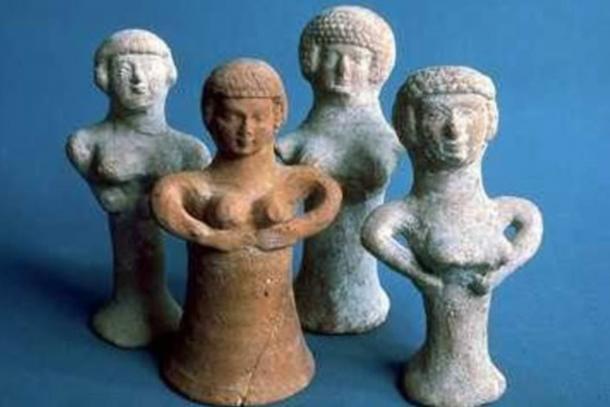
Asherah figurines. ( ninapaley)
Differences Between Book and Folk Religion
At this point it is important to make a distinction between the book religion of the ruling classes in the metropolis and folk or popular religion as it was practiced in rural communities for which most Israelites were a part. Literacy was close to non-existent in the rural communities, thus the book religion as practiced in the cities would have little meaning in the lives of those inhabiting the outlying areas. Instead, rural communities had their own religious beliefs using statuary and other artifacts.

By way of contrast, the intellectual community in the metropolis produced a text, which was written entirely from the perspective of the upper or ruling classes. Perhaps surprisingly, Asherah is mentioned in the early Hebrew Bible some forty separate times, although most often as an object of derision. By and large, the biblical writers were unhappy that Asherah shared the same platform with their male deity, Yahweh, and repeatedly tried to dissuade their pairing.
Yahweh and his Asherah
As much as the ruling elite tried to inhibit Asherah and Yahweh’s “marriage,” their union appears solidified in an ancient blessing seen with some regularity at a number of excavation sites in the region. The inscription reads: “I have blessed you by Yahweh....and his Asherah.” Not only was this engraving found in the 9th-8th century BC Israelite caravanserai, Kuntillet Ajrud, the same text was found in a number of sites thought to be Yahweh sanctuaries, such as in Samaria, Jerusalem, Teman, and in the Biblical kingdom of Judah, at the ancient burial site of Khirbet el-Qom, dating to 750 BC.
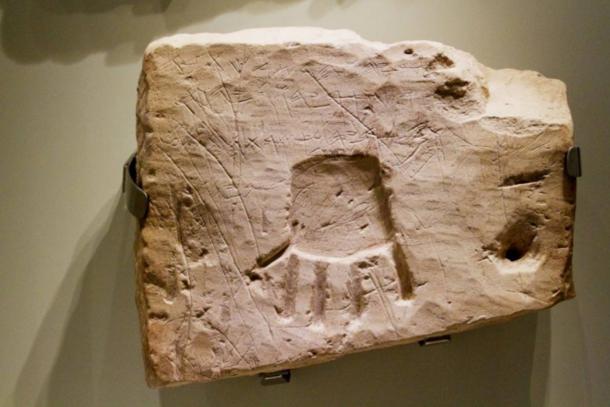
In fact, this phrase “Yahweh and his Asherah” was so quotidian that it actually appears in the Hebrew Bible itself. The cryptic blessing is in an early rendition of Deuteronomy 33.2-3, when Asherah’s influence had not yet been fully subordinated. The full hymn reads: “YHWH came from Sinai and shone forth.... at his right hand his own Asherah.”

Asherim Poles
However, as the book religion solidified, Asherah became increasingly marginalized in the scriptures to the point of being reduced to her cult object—the stylized tree or wooden pole which became known as asherah or asherim. Trees were revered as symbols of life and nourishment in arid regions and so became associated with Asherah and her cult. Many scholars believe that Asherah’s tree functioned in the Garden of Eden parable. The ruling elite propagandized against goddess worship by integrating the story of the fall of mankind to the tree which was clearly associated with Asherah.
Whereas Asherah’s influence was restrained in the official religion, her presence loomed large in the rural communities, most often in the form of figurines which are prolific in the region. Even while idolatry is reviled in the Hebrew Bible, ample archaeological evidence suggests that those living outside the metropolis idolized statuary and cult objects as part of their religion, leading one scholar to opine: “Folk religion can be defined as everything that those who wrote the Bible condemned.”
Asherah Pillar Figures
Asherah is represented many times in various forms scattered throughout the region. But the most abundant of these are her pillar figurines which were popular from the 10th through the 7th centuries BC. The term “images of Asherah” is often used in the Hebrew Bible and it is thought that these pillar figurines are what the writers of the bible had in mind.
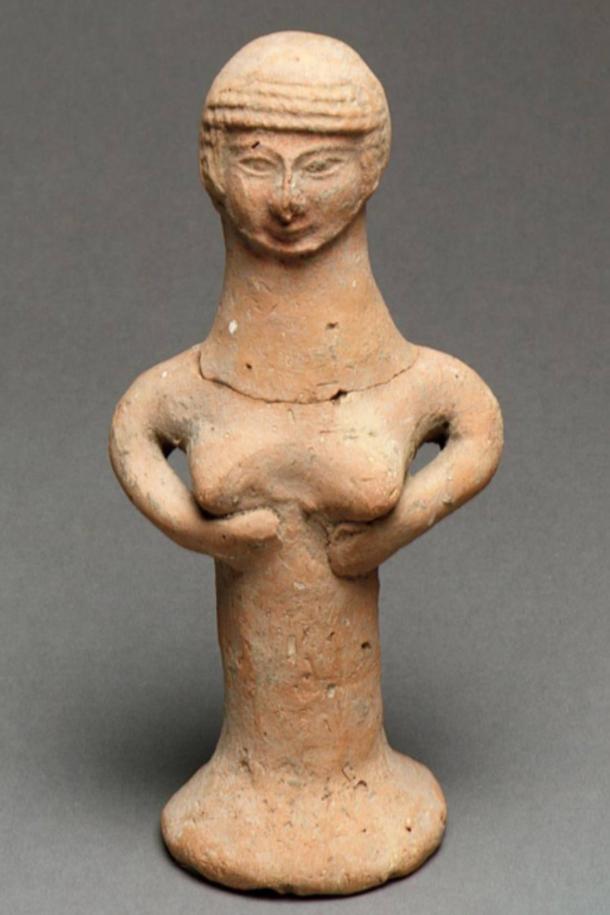
Israelite ceramic figure of a nude woman, identified as an Asherah pillar. ( The Met )
Because the breasts are exaggerated with the hands supporting them, they are thought to symbolize the nurturing aspect of the mother goddess. Predominantly, the pillar figurines were found in private homes, suggesting their domesticity. In a world beset by hardship and drought, likely a concern for fecundity was what attracted the rural Israelites and Judeans to the goddess Asherah, whom they associated with abundance.
- Goddess Ninkharsag—Ancient Powerful Mother who Faded into The Holy Ghost
- The Hidden Identity of the Woman Glorified as Athena: Her Link to the Pre-Flood World
- Lost in Translation? Understandings and Misunderstandings about the Ancient Practice of “Sacred Prostitution”
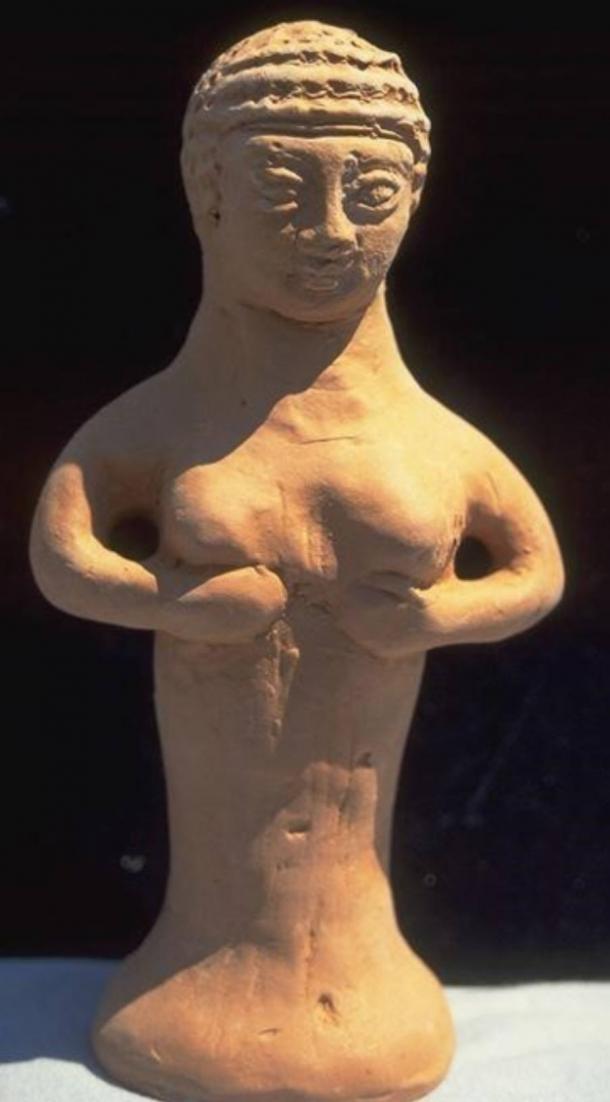
A small votive statue of the Mother Goddess of Asherah. ( Queen of Heaven )
Missing Pieces of the Puzzle
While there are voluminous artifacts identified as Asherah in the region, there are still pieces missing from the puzzle. Was Asherah Yahweh’s wife, as many scholars now contend? Was her worship confined to folk religion only, or was her influence felt in the book religion of the Hebrew Bible as well?
Indeed, unearthing a goddess who has been buried for close to two millennia has its distinct disadvantages. Yet increasingly, Asherah’s influence in the region is becoming recognized by archaeologists and historians alike, with the expectation of further scrutiny and scholarship to come in this area.
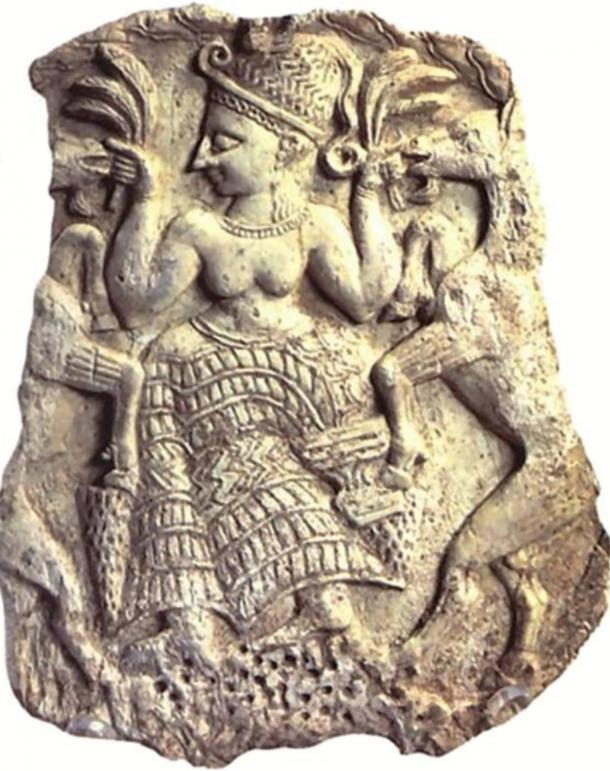
Plaque depicting Asherah. ( Looklex Encyclopaedia )
Top Image: ‘Veiled Mother of the World’ (Deriv.) (1930) by Russian esoteric Christian Nicholas Roerich. Source: northernway.org
By Mary Naples, Contributing Writer, Classical Wisdom Weekly
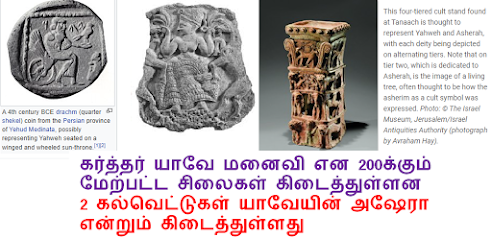
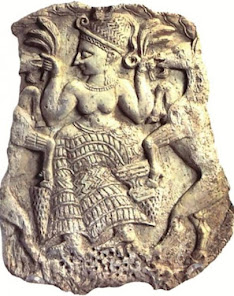
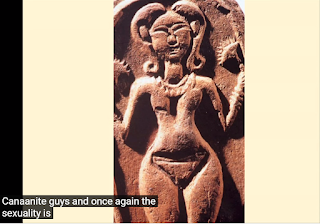
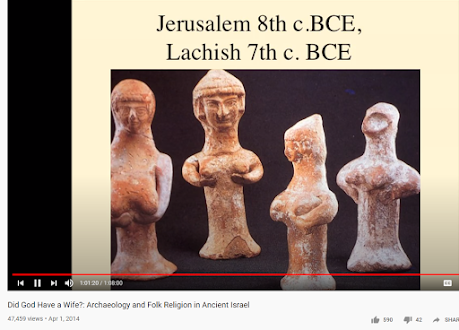
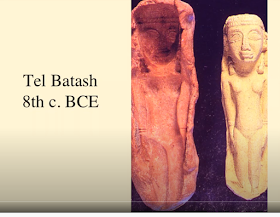
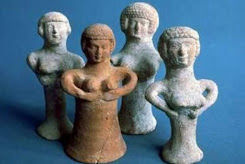
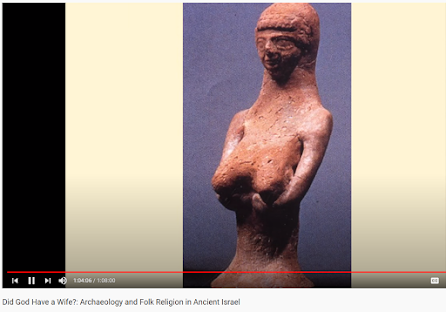
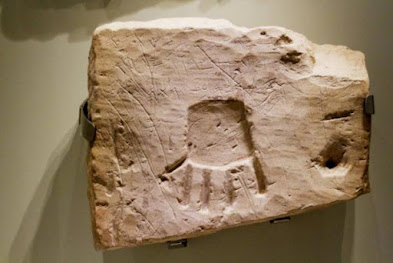
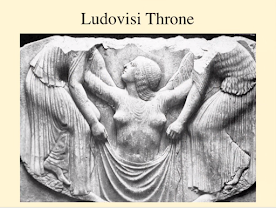
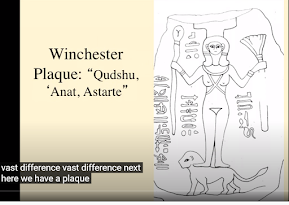
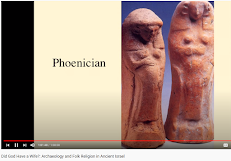
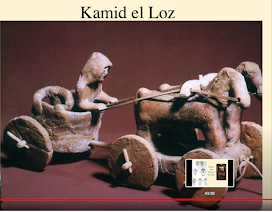
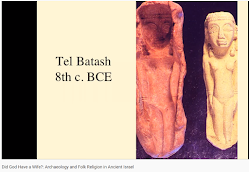
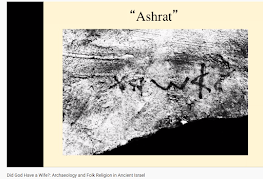
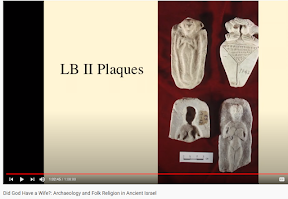
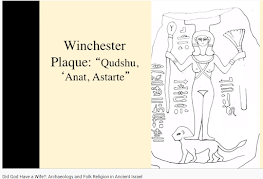
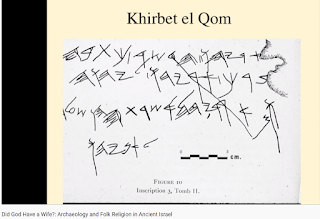









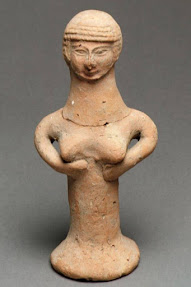


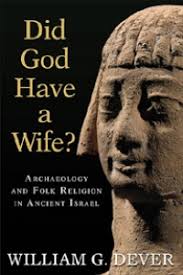
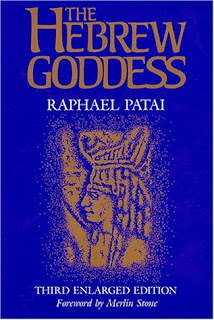
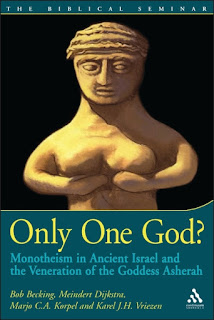
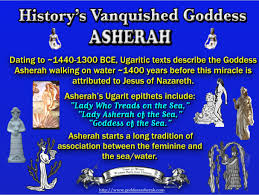
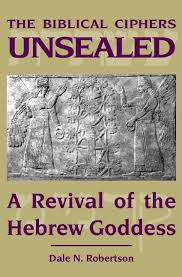
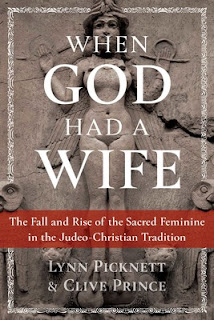
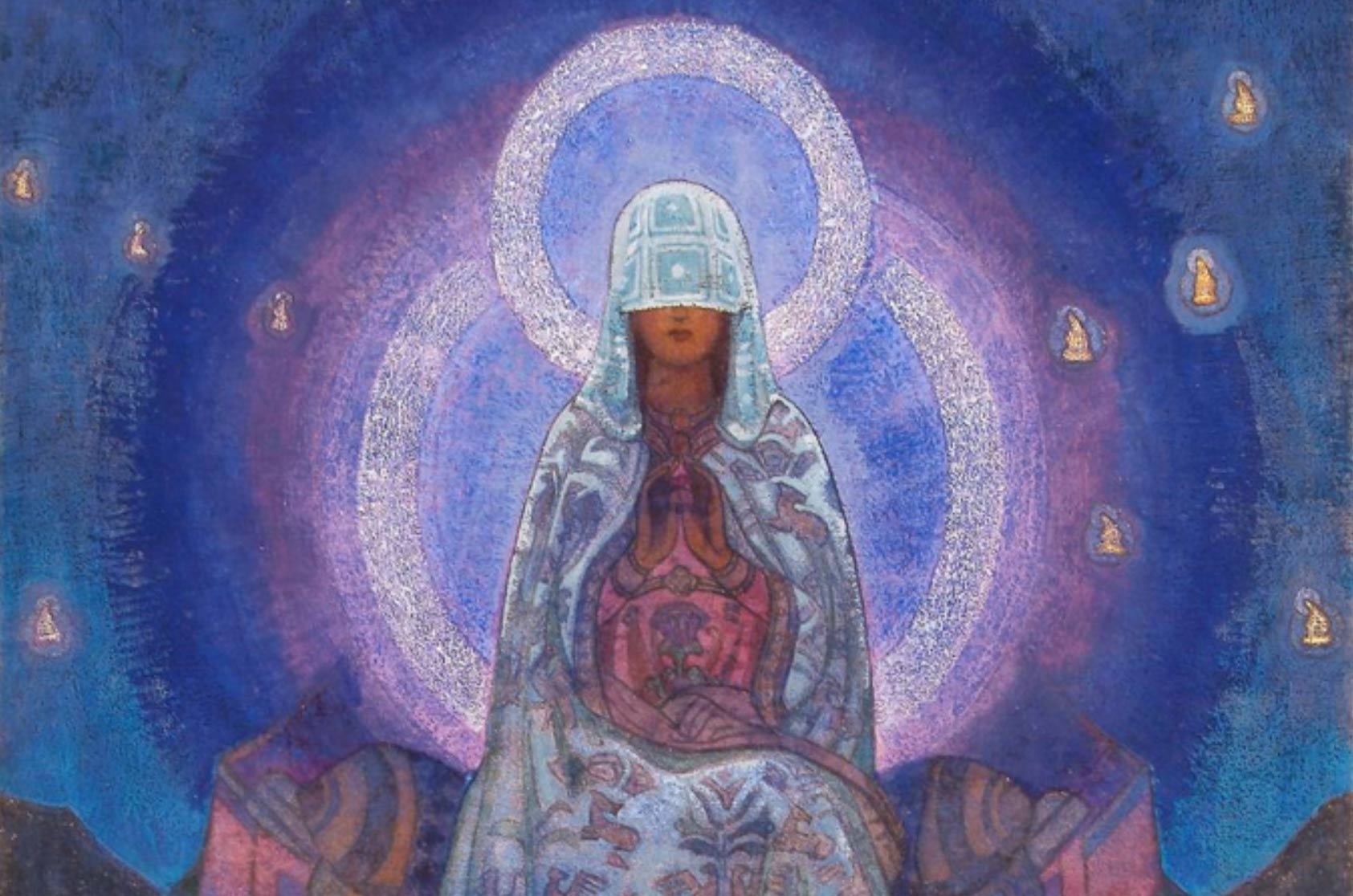
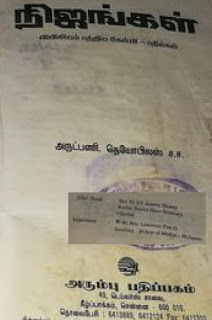
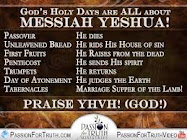


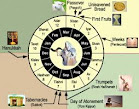
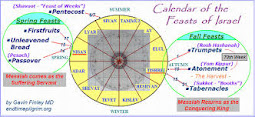



.jpg)

